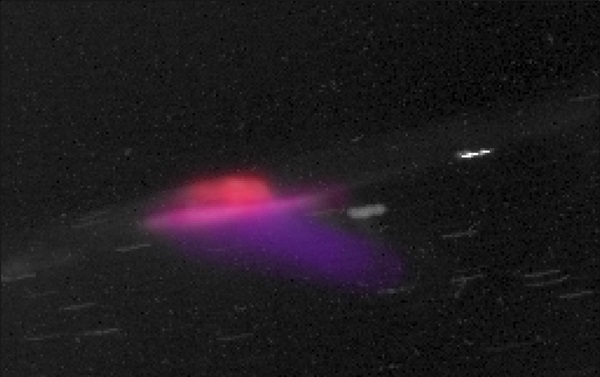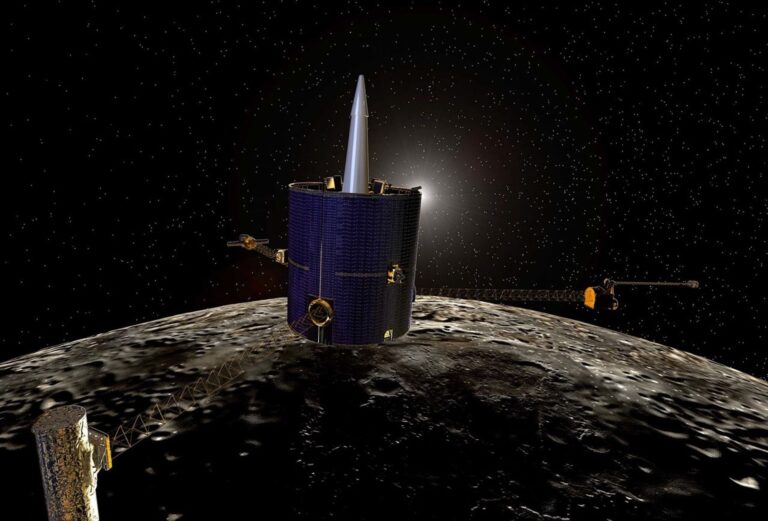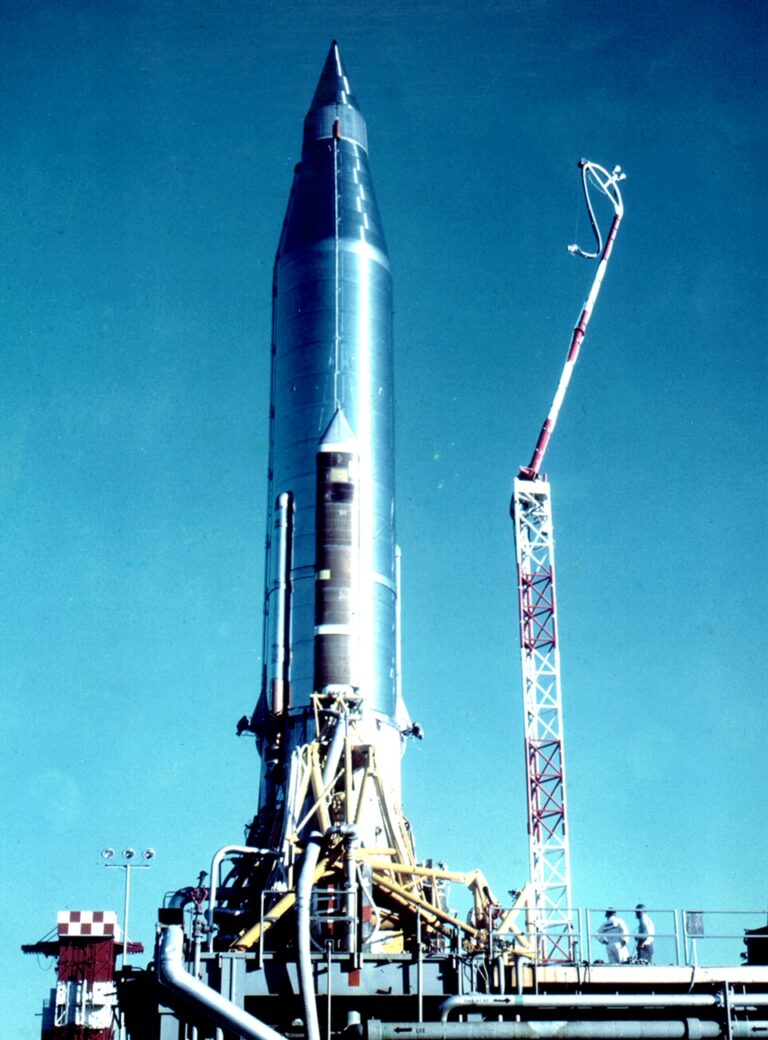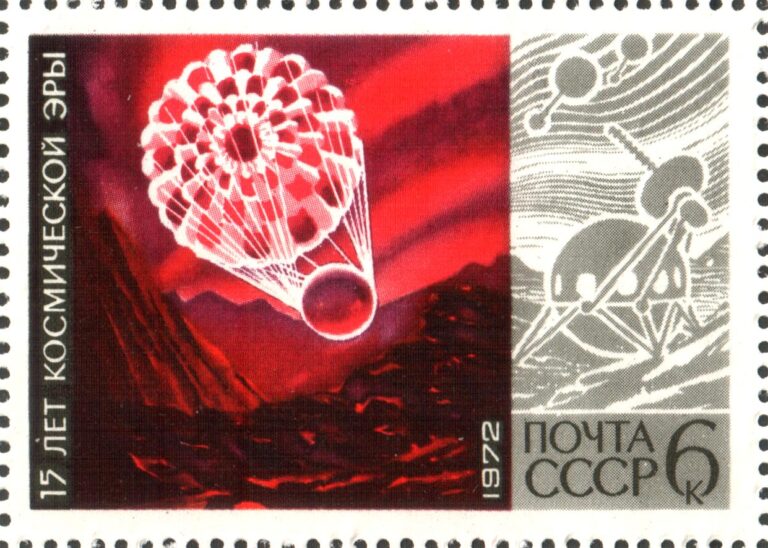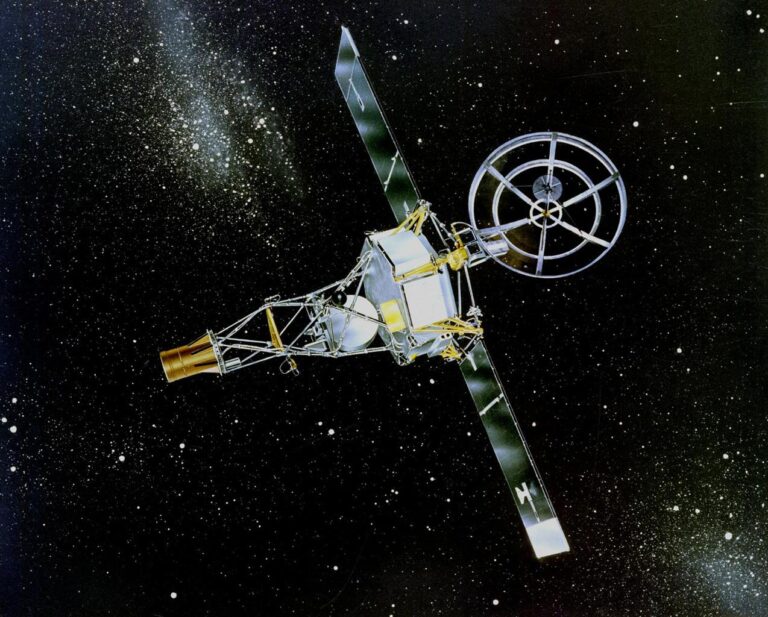Key Takeaways:
The color difference occurs because Earth’s aurorae are dominated by excited nitrogen and oxygen atoms and molecules, and Saturn’s aurorae are dominated by excited forms of hydrogen. Within each element, colors can differ because of atmospheric density, the levels of the atomic version of an element versus the molecular version, and the energy of impacting electrons.
The result is a kind of step-by-step choreography detailing how the aurorae move, showing the complexity of these aurorae and how scientists can connect an outburst from the Sun and its effect on the magnetic environment at Saturn.
“Saturn’s auroras can be fickle — you may see fireworks, you may see nothing,” said Jonathan Nichols of the University of Leicester in England. “In 2013, we were treated to a veritable smorgasbord of dancing auroras, from steadily shining rings to super-fast bursts of light shooting across the pole.”
The Hubble and Cassini images were focused on April and May of 2013. Images from Cassini’s ultraviolet imaging spectrometer (UVIS), obtained from an unusually close range of about six Saturn radii, provided a look at the changing patterns of faint emissions on scales of a few hundred miles (kilometers) and tied the changes in the auroraes to the fluctuating wind of charged particles blowing off the Sun and flowing past Saturn.
“This is our best look yet at the rapidly changing patterns of auroral emission,” said Wayne Pryor from Central Arizona College in Coolidge. “Some bright spots come and go from image to image. Other bright features persist and rotate around the pole, but at a rate slower than Saturn’s rotation.”
The UVIS images, which are also being analyzed by team associate Aikaterini Radioti at the University of Liege, Belgium, also suggest that one way the bright auroral storms may be produced is by the formation of new connections between magnetic field lines. That process causes storms in the magnetic bubble around Earth. The movie also shows one persistent bright patch of the aurora rotating in lockstep with the orbital position of Saturn’s moon Mimas. While previous UVIS images had shown an intermittent auroral bright spot magnetically linked to the moon Enceladus, the new movie suggests another Saturn moon can influence the light show as well.
The new data also give scientists clues to a long-standing mystery about the atmospheres of giant outer planets.
“Scientists have wondered why the high atmospheres of Saturn and other gas giants are heated far beyond what might normally be expected by their distance from the Sun,” said Sarah Badman from Lancaster University in England. “By looking at these long sequences of images taken by different instruments, we can discover where the aurora heats the atmosphere as the particles dive into it and how long the cooking occurs.”
The visible-light data have helped scientists figure out the colors of Saturn’s aurorae. While the curtain-like aurorae we see on Earth are green at the bottom and red at the top, Cassini’s imaging cameras have shown us similar curtain-like aurorae at Saturn that are red at the bottom and purple at the top, said Ulyana Dyudina from the California Institute of Technology in Pasadena.
The color difference occurs because Earth’s aurorae are dominated by excited nitrogen and oxygen molecules, while Saturn’s aurorae are dominated by excited hydrogen molecules.
“While we expected to see some red in Saturn’s aurora because hydrogen emits some red light when it gets excited, we also knew there could be color variations depending on the energies of the charged particles bombarding the atmosphere and the density of the atmosphere,” Dyudina said. “We were thrilled to learn about this colorful display that no one had seen before.”
Scientists hope additional Cassini work will illuminate how clouds of charged particles move around the planet as it spins and receives blasts of solar material from the Sun.
“The auroras at Saturn are some of the planet’s most glamorous features — and there was no escaping NASA’s paparazzi-like attention,” said Marcia Burton from NASA’s Jet Propulsion Laboratory in, Pasadena, California, who is helping to coordinate these observations. “As we move into the part of the 11-year solar cycle where the Sun is sending out more blobs of plasma, we hope to sort out the differences between the effects of solar activity and the internal dynamics of the Saturn system.”
There is still more work to do. A group of scientists led by Tom Stallard from the University of Leicester is busy analyzing complementary data taken during the same time by two ground-based telescopes in Hawaii — the W. M. Keck Observatory and NASA’s Infrared Telescope Facility. The results will help them understand how particles are ionized in Saturn’s upper atmosphere and will help them put a decade of ground-based telescope observations of Saturn in perspective because they can see what disturbance in the data comes from Earth’s atmosphere.

